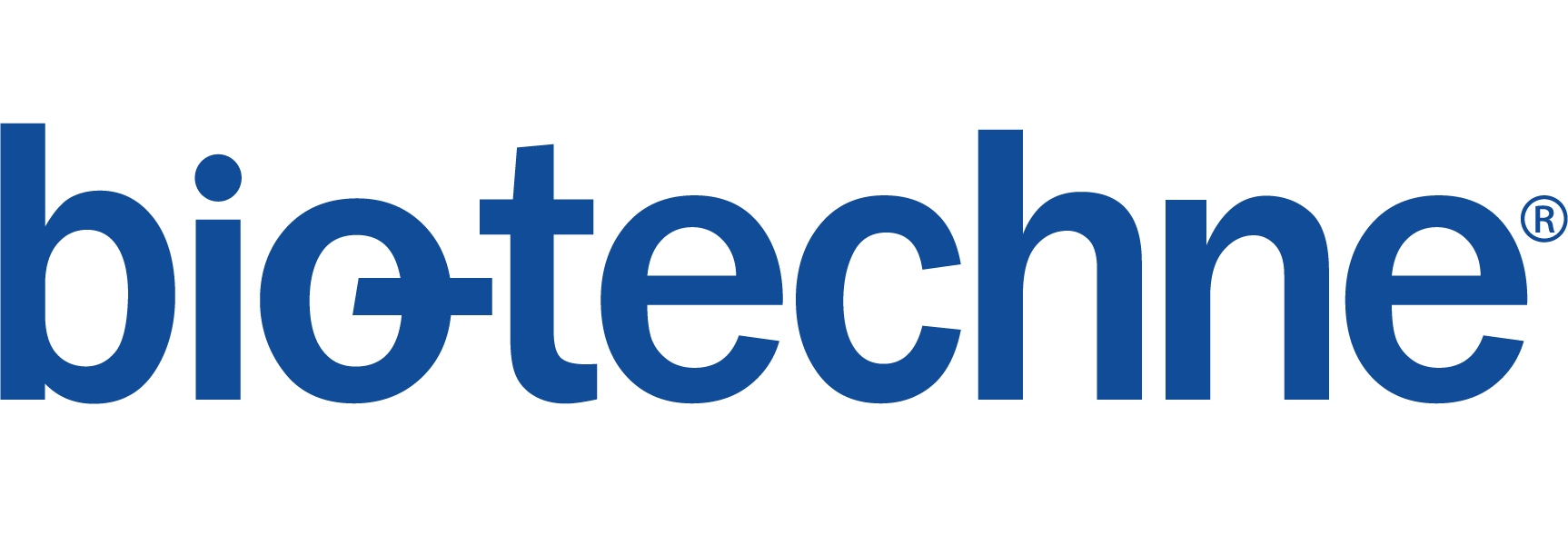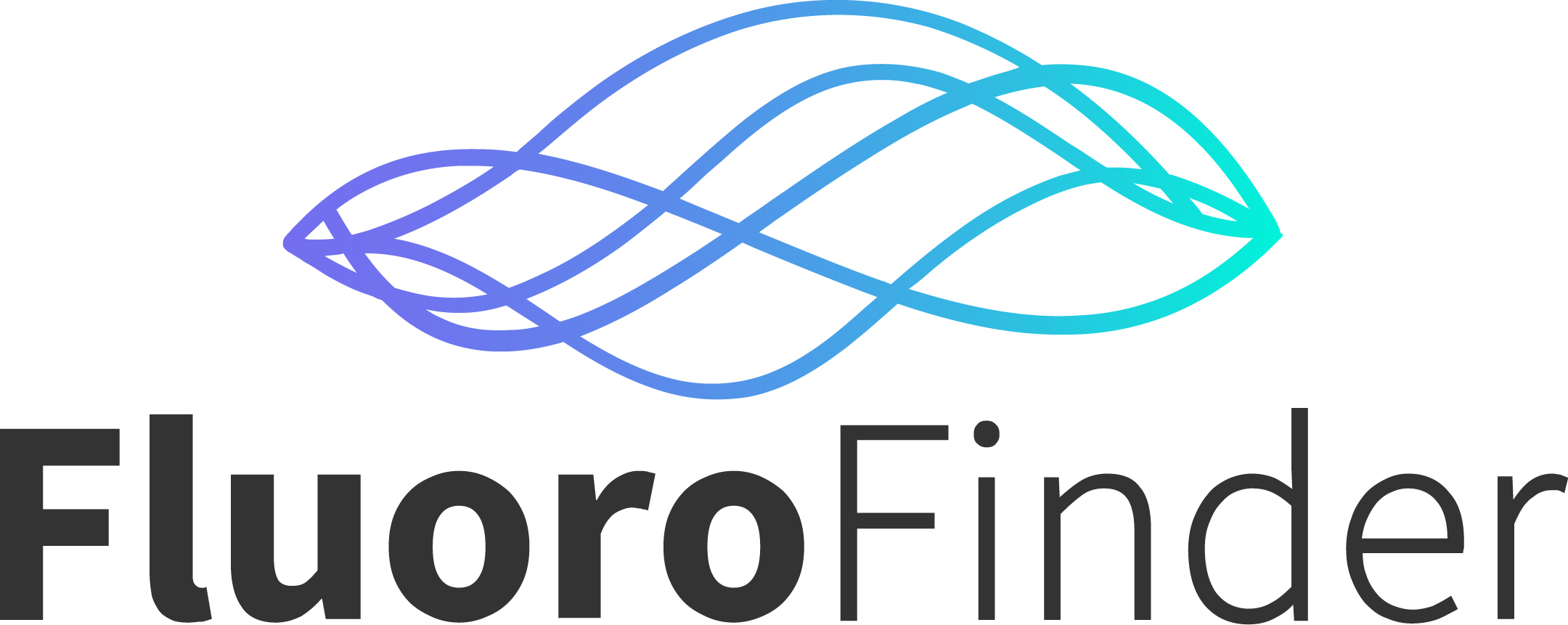-
GENE_NAME : CD8B
CD_NAME : CD8b
DESC: CD8 antigen; beta polypeptide 1 (p37)
OTH_NAMES: CD8B; LYT3; Leu2; Ly3CLONE_NAME ISO_TYPE SUBMITTER AVAILABLE_FROM 2ST8-5H7 IgG2a Reinherz AbD Serotec -
CLONE_NAME ISO_TYPE SUBMITTER AVAILABLE_FROM 2ST8-5H7 IgG2a Reinherz AbD Serotec 5F2 IgG1 Garbrecht T8/2ST8-5H7 IgG2a Reinherz T8/2T8-5H7 IgG2a Reinherz -
STRUCTURE
CD8 is a transmembrane glycoprotein composed by two disulfide-linked chains in its native state.1-4 CD8 can be a homodimer of CD8α (CD8αα) or a heterodimer of CD8α and CD8β (CD8αβ).2-4 CD8α and CD8β belong to the Ig superfamily and display an IgV-like domain in the extracellular part followed by a stalk region.1,5 CD8α contains a Lck binding domain in the cytoplasmic tail.6 CD8 also exists in a soluble form.7
- Littman DR, Thomas Y, Maddon PJ, Chess L, Axel R. The isolation and sequence of the gene encoding T8: a molecule defining functional classes of T lymphocytes.Cell. 1985;40:237-46.
- Norment AM, Littman DR. A second subunit of CD8 is expressed in human T cells. EMBO J. 1988;7:3433-9.
- Shiue L, Gorman SD, Parnes JR. A second chain of human CD8 is expressed on peripheral blood lymphocytes. J Exp Med. 1988;168:1993-2005.
- Moebius U, Kober G, Griscelli AL, Hercend T, Meuer SC. Expression of different CD8 isoforms on distinct human lymphocyte subpopulations. Eur J Immunol. 1991 ;21:1793-800.
- Nakauchi H, Shinkai Y, Okumura K. Molecular cloning of Lyt-3, a membrane glycoprotein marking a subset of mouse T lymphocytes: molecular homology to immunoglobulin and T-cell receptor variable and joining regions. Proc Natl Acad Sci U S A. 1987;84:4210-4.
- Turner JM, Brodsky MH, Irving BA, Levin SD, Perlmutter RM, Littman DR. Interaction of the unique N-terminal region of tyrosine kinase p56lck with cytoplasmic domains of CD4 and CD8 is mediated by cysteine motifs. Cell. 1990;60:755-65.
- Fujimoto J, Levy S, Levy R. Spontaneous release of the Leu-2 (T8) molecule from human T cells. J Exp Med. 1983;158:752-66.
-
LIGANDS
Extracellular
MHC class I.1 In addition, CD8αα can bind to thymus leukemia antigen.2
Intracellular associate molecules
Lck3, LAT4 and CD3δ.5
- Janeway CA Jr. The T cell receptor as a multicomponent signalling machine: CD4/CD8 coreceptors and CD45 in T cell activation. Annu Rev Immunol. 992;10:645-74.
- Leishman AJ, Naidenko OV, Attinger A, Koning F, Lena CJ, Xiong Y, Chang HC, Reinherz E, Kronenberg M, Cheroutre H. T cell responses modulated through interaction between CD8alphaalpha and the nonclassical MHC class I molecule, TL. Science. 2001;294:1936-9.
- Turner JM, Brodsky MH, Irving BA, Levin SD, Perlmutter RM, Littman DR. Interaction of the unique N-terminal region of tyrosine kinase p56lck with cytoplasmic domains of CD4 and CD8 is mediated by cysteine motifs. Cell. 1990;60:755-65.
- Bosselut R, Zhang W, Ashe JM, Kopacz JL, Samelson LE, Singer A. Association of the adaptor molecule LAT with CD4 and CD8 coreceptors identifies a new coreceptor function in T cell receptor signal transduction. J Exp Med. 1999;190:1517-26.
- Doucey MA, Goffin L, Naeher D, Michielin O, Baumgärtner P, Guillaume P, Palmer E, Luescher IF. CD3 delta establishes a functional link between the T cell receptor and CD8. J Biol Chem. 2003;278:3257-64.
-
GENE_NAME : CD8B
CD_NAME : CD8b
CD8 is present on most thymocytes.1 Cytotoxic αβ T cells predominantly display CD8αβ but can also express CD8αα.2-3 NK cells, γδ T cells, intestinal intraepithelial lymphocytes and monocytes only express CD8αα.2,4-5 Furthermore, a subset of lymphoid tissue-resident DCs in mice also express CD8α.6
- Germain RN. T-cell development and the CD4-CD8 lineage decision. Nat Rev Immunol. 2002;2:309-22.
- Terry LA, DiSanto JP, Small TN, Flomenberg N. Differential expression and regulation of the human CD8 alpha and CD8 beta chains. Tissue Antigens. 1990;35:82-91.
- Moebius U, Kober G, Griscelli AL, Hercend T, Meuer SC. Expression of different CD8 isoforms on distinct human lymphocyte subpopulations. Eur J Immunol. 1991;21:1793-800.
- Leishman AJ, Naidenko OV, Attinger A, Koning F, Lena CJ, Xiong Y, Chang HC, Reinherz E, Kronenberg M, Cheroutre H. T cell responses modulated through interaction between CD8alphaalpha and the nonclassical MHC class I molecule, TL. Science. 2001;294:1936-9.
- Gibbings DJ, Marcet-Palacios M, Sekar Y, Ng MC, Befus AD. CD8 alpha is expressed by human monocytes and enhances Fc gamma R-dependent responses. BMC Immunol. 2007;8:12.
- Shortman K, Heath WR. The CD8+ dendritic cell subset. Immunol Rev. 2010;234:18-31.
-
GENE_NAME : CD8B
CD_NAME : CD8b
CD8 is a co-receptor that binds to MHC class-I and participates in cytotoxic T cell activation.1 During thymic development, CD8 is necessary for thymocyte selection.2
On monocytes, CD8 ligation improve FcR-dependent activation and TNF release.3 Interaction of CD8αα with thymus leukemia antigen leads to cytokine production on intraepithelial lymphocytes.4
- O'Rourke AM, Mescher MF. The roles of CD8 in cytotoxic T lymphocyte function. Immunol Today. 1993;14:183-8.
- Zúñiga-Pflücker JC, Jones LA, Longo DL, Kruisbeek AM. CD8 is required during positive selection of CD4-/CD8+ T cells. J Exp Med. 1990;171:427-37.
- Gibbings DJ, Marcet-Palacios M, Sekar Y, Ng MC, Befus AD. CD8 alpha is expressed by human monocytes and enhances Fc gamma R-dependent responses. BMC Immunol. 2007;8:12.
- Leishman AJ, Naidenko OV, Attinger A, Koning F, Lena CJ, Xiong Y, Chang HC, Reinherz E, Kronenberg M, Cheroutre H. T cell responses modulated through interaction between CD8alphaalpha and the nonclassical MHC class I molecule, TL. Science. 2001;294:1936-9.
-
GENE_NAME : CD8B
CD_NAME : CD8b
Cell marker
Marker of cytotoxic T cells.1 CD8 is also a useful marker for diagnosis of lymphoproliferative disorders.2-3
- Terry LA, DiSanto JP, Small TN, Flomenberg N. Differential expression and regulation of the human CD8 alpha and CD8 beta chains. Tissue Antigens. 1990;35:82-91.
- Béné MC, Nebe T, Bettelheim P, Buldini B, Bumbea H, Kern W, Lacombe F, Lemez P, Marinov I, Matutes E, Maynadié M, Oelschlagel U, Orfao A, Schabath R, Solenthaler M, Tschurtschenthaler G, Vladareanu AM, Zini G, Faure GC, Porwit A. Immunophenotyping of acute leukemia and lymphoproliferative disorders: a consensus proposal of the European LeukemiaNet Work Package 10. Leukemia. 2011;25:567-74.
- van Dongen JJ, Lhermitte L, Böttcher S, Almeida J, van der Velden VH, Flores-Montero J, Rawstron A, Asnafi V, Lécrevisse Q, Lucio P, Mejstrikova E, Szczepański T, Kalina T, de Tute R, Brüggemann M, Sedek L, Cullen M, Langerak AW, Mendonça A, Macintyre E, Martin-Ayuso M, Hrusak O, Vidriales MB, Orfao A; EuroFlow Consortium (EU-FP6, LSHB-CT-2006-018708). EuroFlow antibody panels for standardized n-dimensional flow cytometric immunophenotyping of normal, reactive and malignant leukocytes. Leukemia. 2012;26:1908-75.
Therapeutic
To our knowledge, there are no monoclonal antibodies targeting CD8 used in the clinical practice. However, administration of anti-CD8 antibodies has been effective in rodent models of autoimmune glomerulonephritis1, spontaneous chronic polyarthritis2, type 1 diabetes3 and transplantation.4
- Reynolds J, Norgan VA, Bhambra U, Smith J, Cook HT, Pusey CD. Anti-CD8 monoclonal antibody therapy is effective in the prevention and treatment of experimental autoimmune glomerulonephritis. J Am Soc Nephrol. 2002;13:359-69.
- Raposo BR, Rodrigues-Santos P, Carvalheiro H, Agua-Doce AM, Carvalho L, Pereira da Silva JA, Graça L, Souto-Carneiro MM. Monoclonal anti-CD8 therapy induces disease amelioration in the K/BxN mouse model of spontaneous chronic polyarthritis. Arthritis Rheum. 2010;62:2953-62.
- Phillips JM, Parish NM, Raine T, Bland C, Sawyer Y, De La Peña H, Cooke A. Type 1 diabetes development requires both CD4+ and CD8+ T cells and can be reversed by non-depleting antibodies targeting both T cell populations. Rev Diabet Stud. 2009;6:97-103.
- Newell KA, He G, Hart J, Thistlethwaite JR Jr. Treatment with either anti-CD4 or anti-CD8 monoclonal antibodies blocks alphabeta T cell-mediated rejection of intestinal allografts in mice. Transplantation. 1997;64:959-65.
-
GENE_NAME : CD8B
CD_NAME : CD8b
GENERAL_INFORMATION
NCBI_NAME CD8B1 NCBI_OTHER_NAME CD8B; LYT3; Leu2; Ly3 SWISS_NAMES CD8B_HUMAN DESC CD8 antigen; beta polypeptide 1 (p37) LOCUS_INFO_LINKS
HGNC_LOCUS_TAG: 1707 ONLINE_MENDELIAN_INHERITANCE: 186730 NCBI_HOMOLOGENE: 3621 NCBI_MAP: 2p12 NCBI_ENTRE_GENE_ENTRY: 926 GENE_SIZE: 46579 EN_GE_EN: MRNA_SEQ_LENGTH: 1410 PRCORENC: 51 to 683 ENTREN: ENST00000331469 PROTEIN_LENGTH_NCBI_REFSEQ: 211 NCBI_REF_SEF_ENTRY: NP_004922 , 4826667 PROTEIN_LENGTH_SWISPROT: 210 ENSEMBLE_PROT_ENTRY: ENSP00000331172 PR_MO_WEIGHT: 23722 SWPROT_PROTEIN_ENTRY: CD8B_HUMAN , P10966 PR_SW_PR: 9.87 IPI_NUMBER: IPI00218643 NCBI_CONSV_DOMAINS: 4826667 ENSM_NUMBER: P10966







